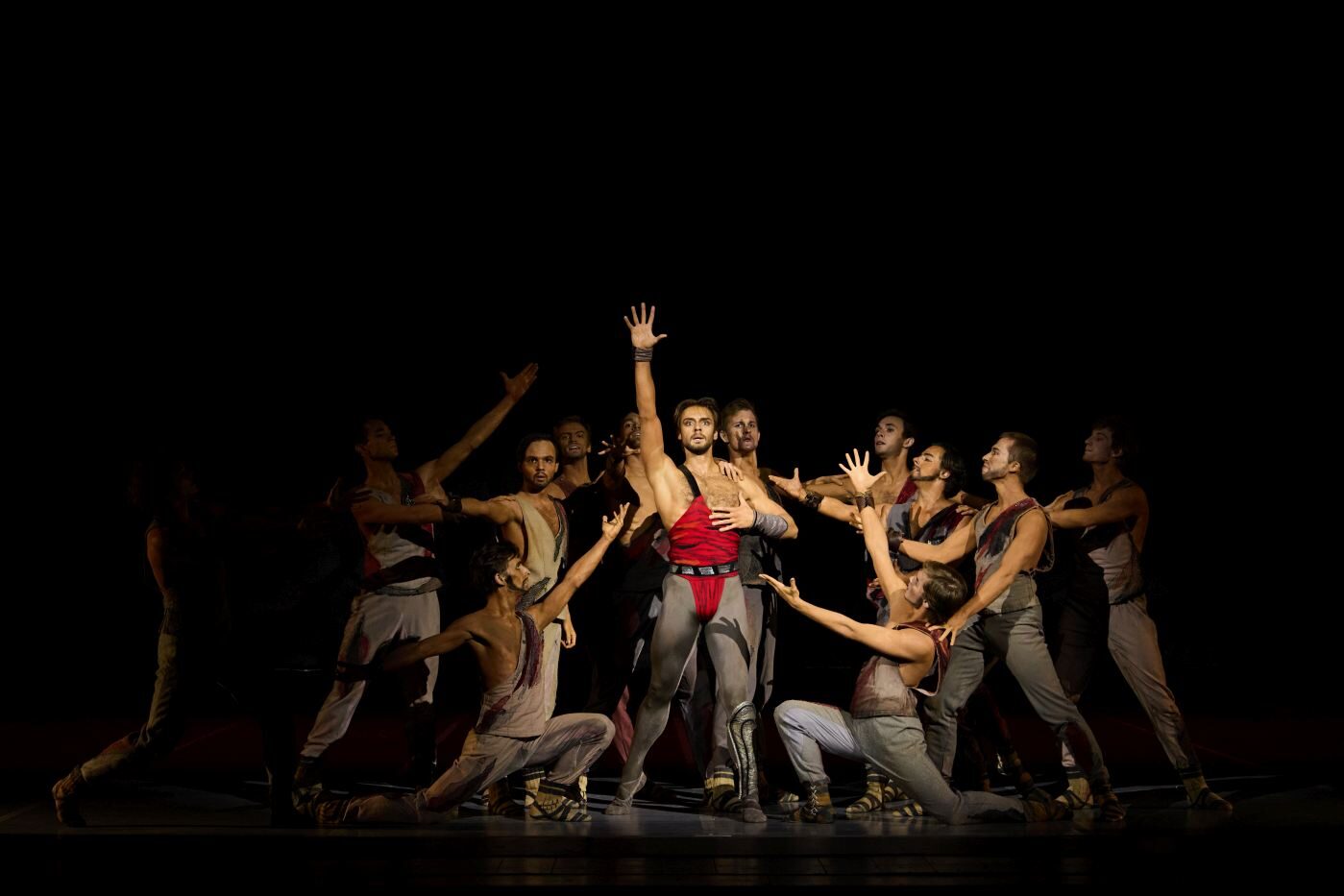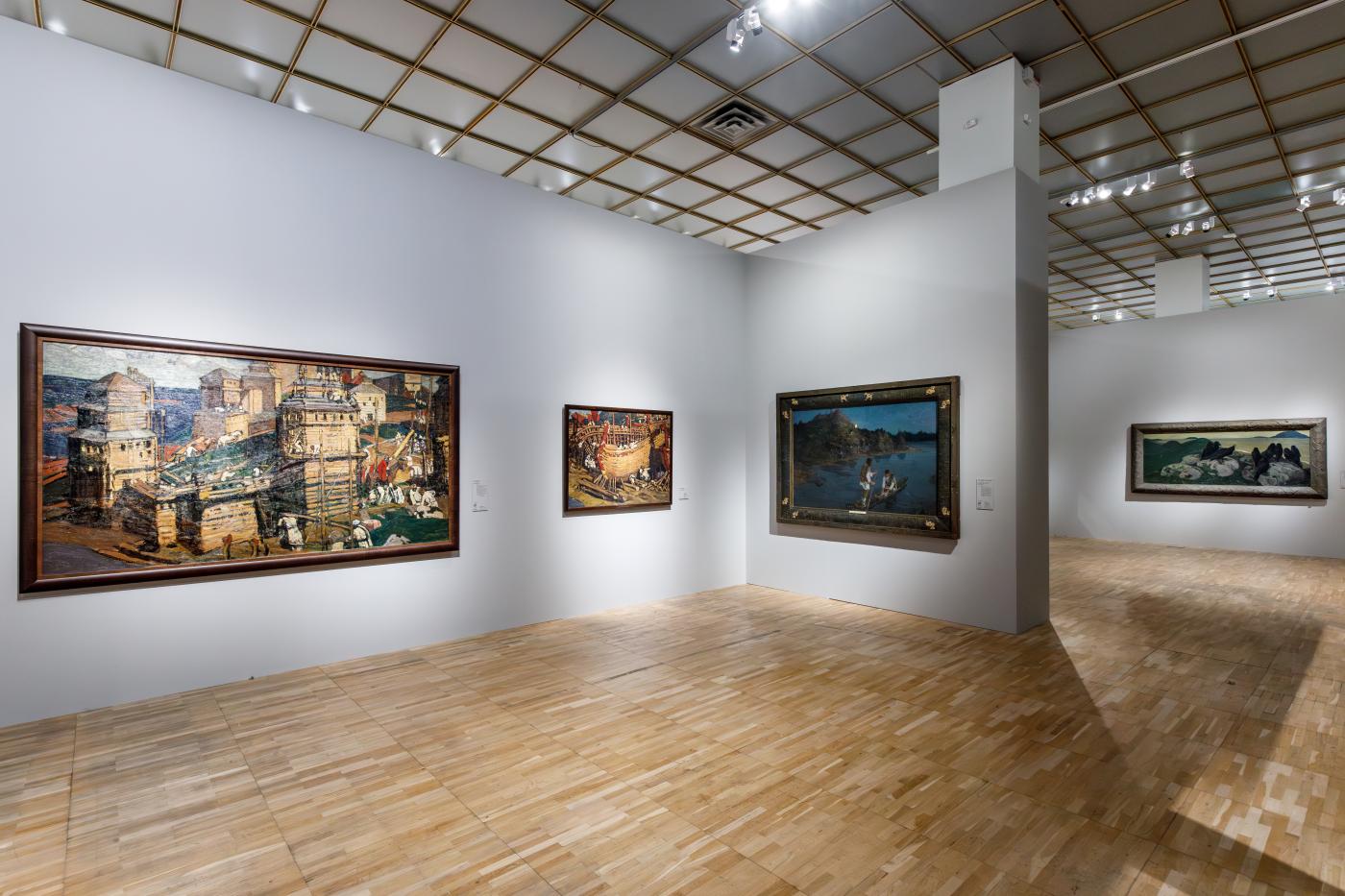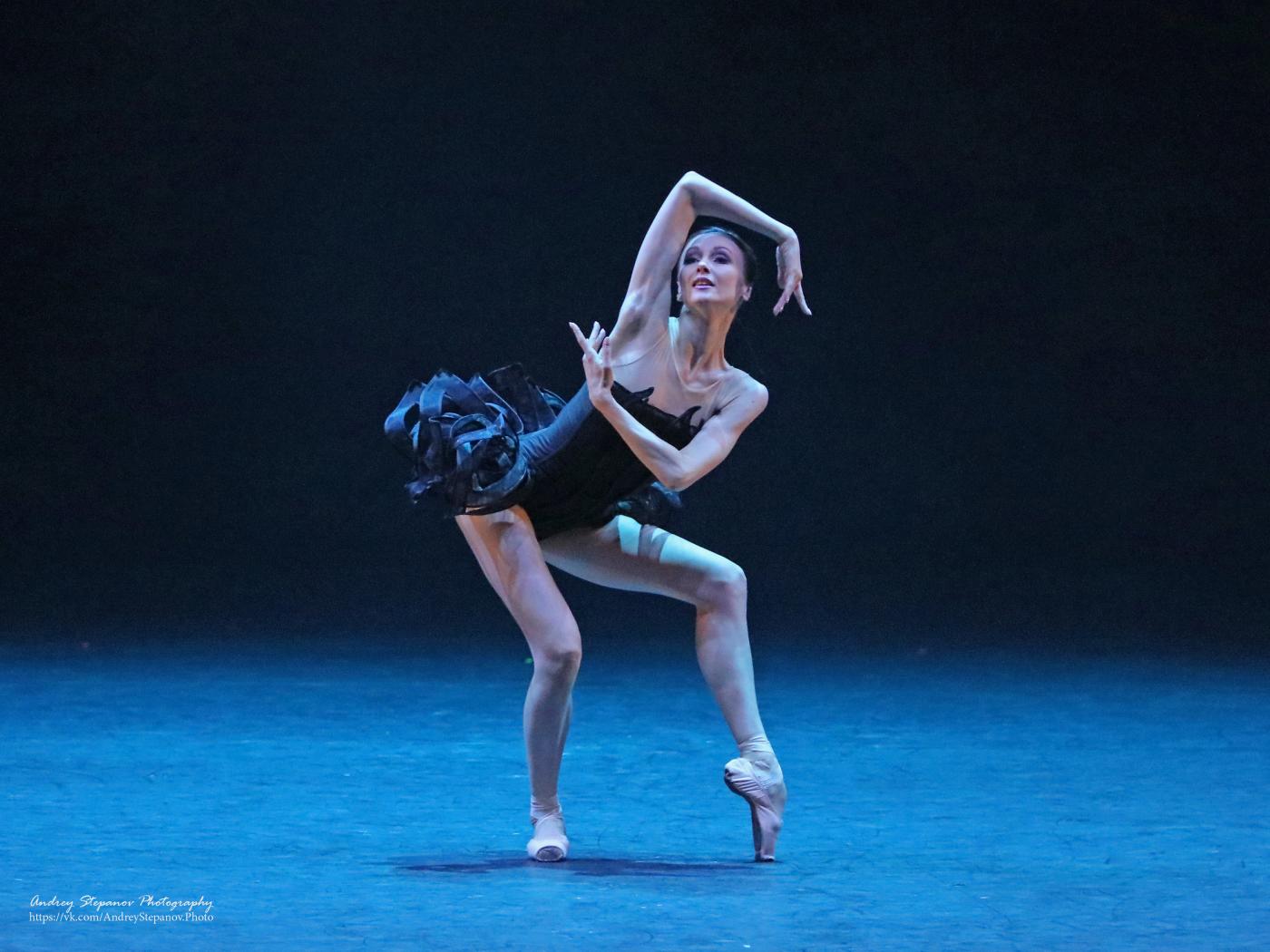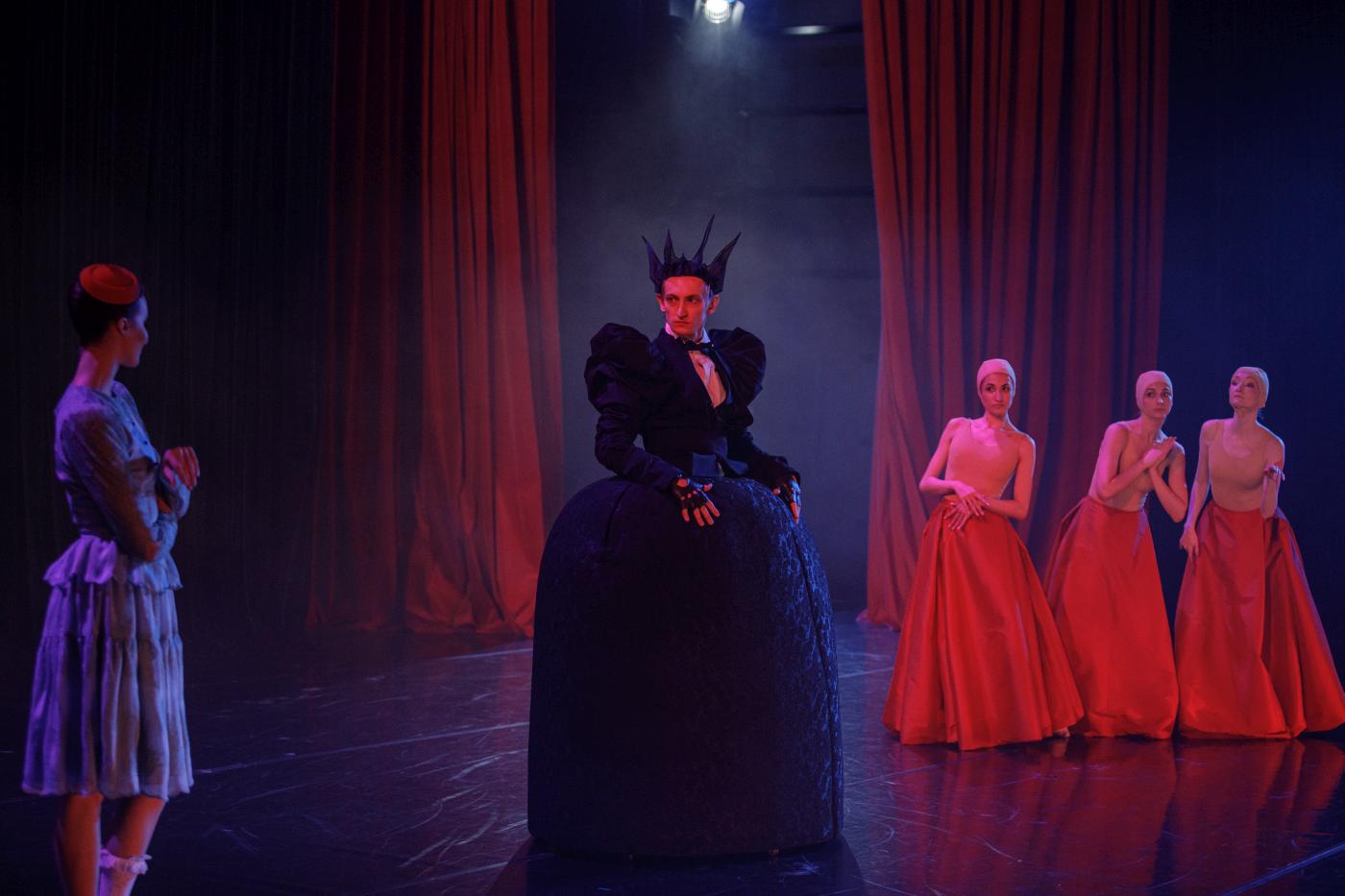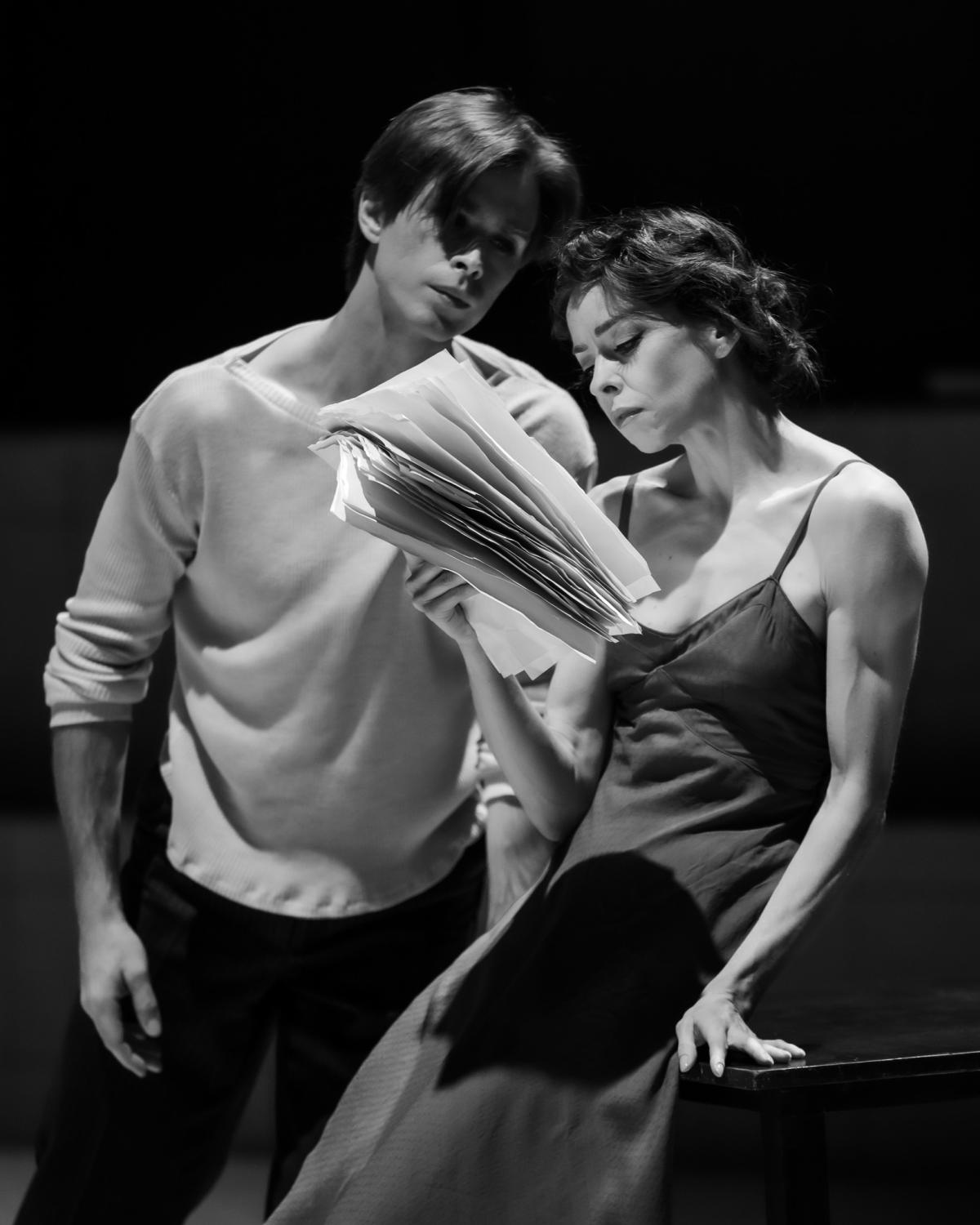The Full Package
“Marguerite and Armand”/“The Dream”
The Australian Ballet
Sydney Opera House/Joan Sutherland Theatre
Sydney, Australia
November 21, 2023 (livestream)
by Ilona Landgraf
Copyright © 2023 by Ilona Landgraf
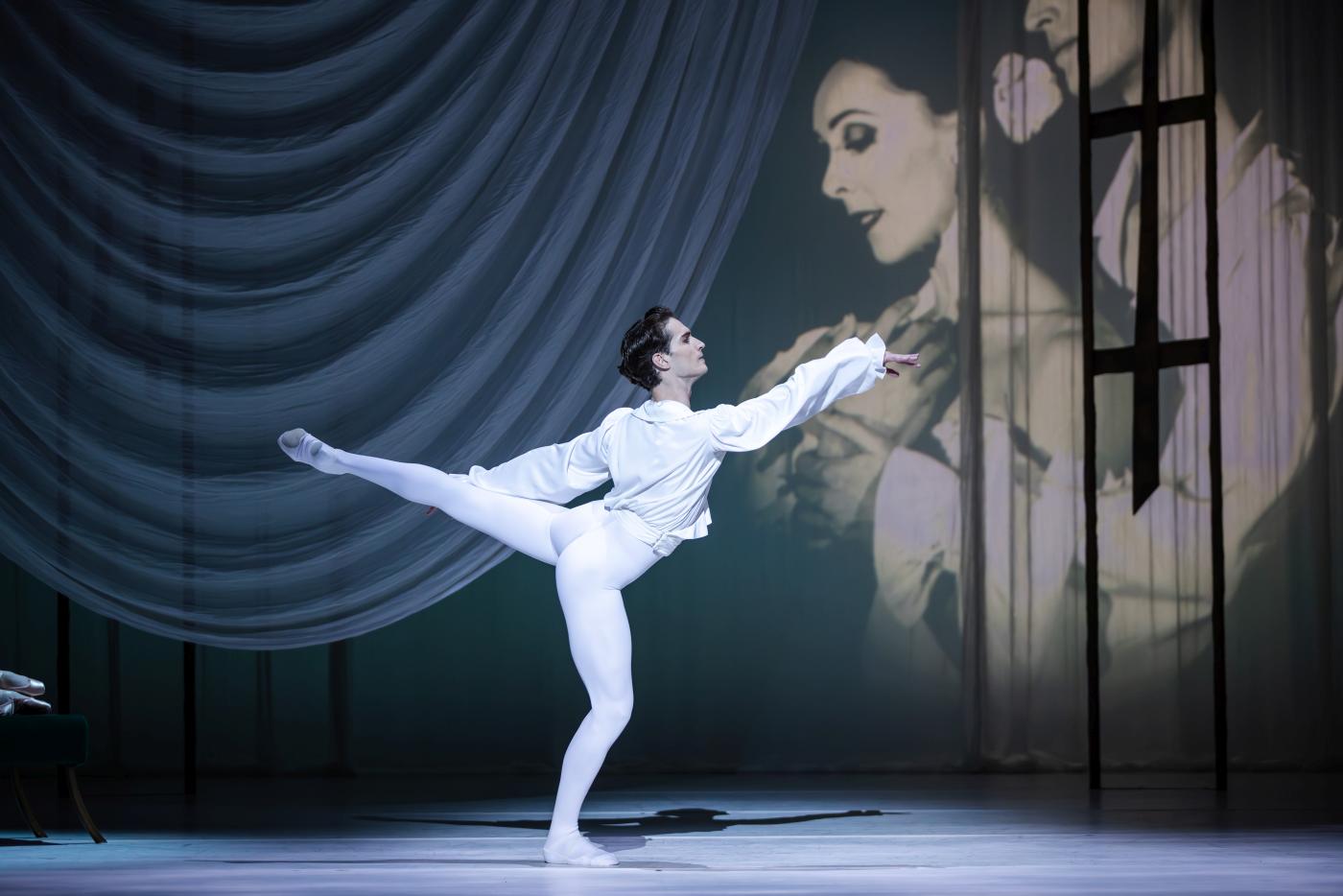 The last new program of the Australian Ballet’s 60th anniversary season was an all-in-one package. Its two Ashton ballets – “Marguerite and Armand” (1963) and “The Dream” (1964) – showcased the dancers’ prowess and satisfied the audience’s appetite for both the tragic and the comic while at the same time celebrating the company’s historic connection to the Royal Ballet. This connection has been of the most pleasant nature as became evident in the interview that the livestream’s presenter, Catherine Murphy, and the artistic director, David Hallberg, conducted with Berry Wordsworth. Wordsworth, the Royal Ballet’s former music director, joined the Opera Australia Orchestra to conduct the Ashton program. As he recalled Ashton’s creative passion and the friendship between Peggy van Praagh, the Australian Ballet’s founder, and her London counterpart, the Royal Ballet’s Dame Ninette de Valois, one could sense that the buoyant spirit of the good old days is still vibrant. Furthermore, warmth and good humor dominated the add-on program and included additional backstage interviews and videos. (more…)
The last new program of the Australian Ballet’s 60th anniversary season was an all-in-one package. Its two Ashton ballets – “Marguerite and Armand” (1963) and “The Dream” (1964) – showcased the dancers’ prowess and satisfied the audience’s appetite for both the tragic and the comic while at the same time celebrating the company’s historic connection to the Royal Ballet. This connection has been of the most pleasant nature as became evident in the interview that the livestream’s presenter, Catherine Murphy, and the artistic director, David Hallberg, conducted with Berry Wordsworth. Wordsworth, the Royal Ballet’s former music director, joined the Opera Australia Orchestra to conduct the Ashton program. As he recalled Ashton’s creative passion and the friendship between Peggy van Praagh, the Australian Ballet’s founder, and her London counterpart, the Royal Ballet’s Dame Ninette de Valois, one could sense that the buoyant spirit of the good old days is still vibrant. Furthermore, warmth and good humor dominated the add-on program and included additional backstage interviews and videos. (more…)
